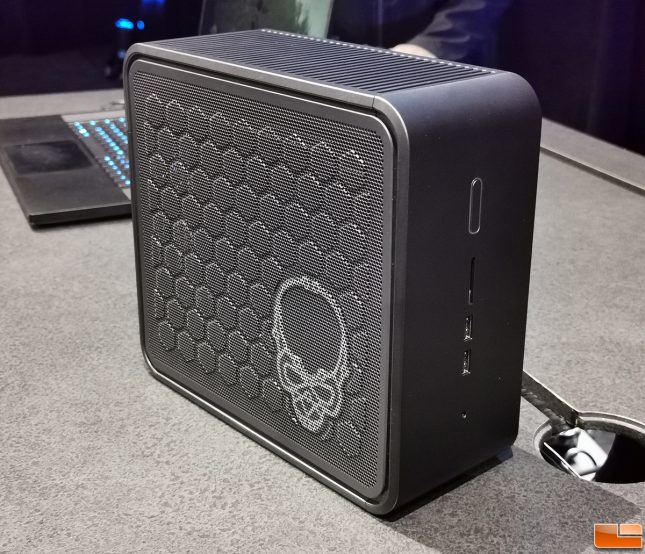X16 Graphics Slot
In a previous blog post, we covered the difference between PCI and PCI-X. The response to the post was enthusiastic, and we were asked to write a complementary post explaining the difference between PCIe x1, x4, x8, x16. We are always happy to answer customers’ questions (feel free to contact us with your questions regarding industrial computers).

PCIe and Graphics Cards. The 16-lane (x16) slot has replaced the Accelerated Graphics Port (AGP) on many motherboards and fits a PCIe graphics card. Boards that include the x1 and x2 slots usually have them for other components, such as sound or networking cards. GIGABYTE GeForce GT 1030 DirectX 12 GV-N1030OC-2GI 2GB 64-Bit GDDR5 PCI Express x16 Video Card. Core Clock: 1290 MHz in OC Mode 1265 MHz in Gaming Mode Max Resolution: 4096 x 2160 DVI: 1 x DVI-D HDMI: 1 x HDMI 2.0b Model #: GV-N1030OC. Amazon's Choice for pci express x16 graphics cards nvidia ZOTAC GeForce GT 730 Zone Edition 4GB DDR3 PCI Express 2.0 x16 (x8 lanes) Graphics Card (ZT-71115-20L) 4.3 out of 5 stars 926. PCI Express 3.0 x16: 1 x PCI Express x16 slot, running at x16 (PCIEX16). For optimum performance, if only one PCI Express graphics card is to be installed, be sure to install it in the PCIEX16 slot. 2 x PCI Express x16 slots, running at x4 (PCIEX41/PCIEX42).
The short answer is:
- ‘PCIe x1’ connections have one data lane
- ‘PCIe x4’ connections have four data lanes
- ‘PCIe x8’ connections have eight data lanes
- ‘PCIe x16’ connections have sixteen data lanes
The long answer:
Pci Express X16 Graphics Slot
The more data lanes in a connection, the more bandwidth between the card and the host. However, there is usually a cost increase incurred with higher lane counts.
PCIe is an updated version of the PCI protocol. Similar to PCI/PCI-X interfaces, PCIe was developed for peripheral component interconnection. PCIe differs from PCI/PCI-X in several ways, but this blog won’t cover most of those differences. However, one key difference will allow us to better understand the differences between the variations of the PCIe protocol (x1, x4, x8, x16 and x32). That key difference is ‘parallel’ versus ‘serial’ data transmission.
In PCI and PCI-X architecture, all of the cards share parallel data lines to and from the host. Differences between card-speeds and slot-types regularly result in throttled data speeds.
Pci Express X16 Graphics Slot

In the PCIe architecture, Each card has it’s own dedicated serial data connections (lanes) to the host. This allows each card connection to achieve a bandwidth independent of other cards that may be active in the system. The number of lanes are indicated by the suffix of the PCIe protocol (×1, ×4, ×8, ×16, ×32). Each lane is capable of speeds from 250-1969 MB/s, depending on the version of the PCIe protocol (v1.x, v2.x, v3.0, v4.0).
PCIe cards can always operate in PCIe slots with the same or more lanes than the card. For example, an x8 card can operate in a slot with x8, x16, or x32 lanes. Similarly, an x1 card can operate in any PCIe slot.
Pci Express X16 Graphics Slot
caveat:
What Is Dual Width X16 Graphics Slot
Sometimes, a PCIe slot operates with fewer data lanes than the mechanical slot-type indicates. For example, sometimes a motherboard manufacturer will use an x16 mechanical slot even though the data connection is only x8. In these cases, the higher-bandwidth card still may work (for example, an x16 card in an x16 slot with only x8 connection), if the card doesn’t require that extra bandwidth. The following image shows the PCI connections of the motherboard used in DuroPC’s RAC355. Notice ‘SLOT 1/5’ are PCIe x16 slots but only have an x8 connection. Similarly, notice how ‘SLOT 7’ uses an x8 slot but only has an x4 connection. (Click the image to see a larger version.)